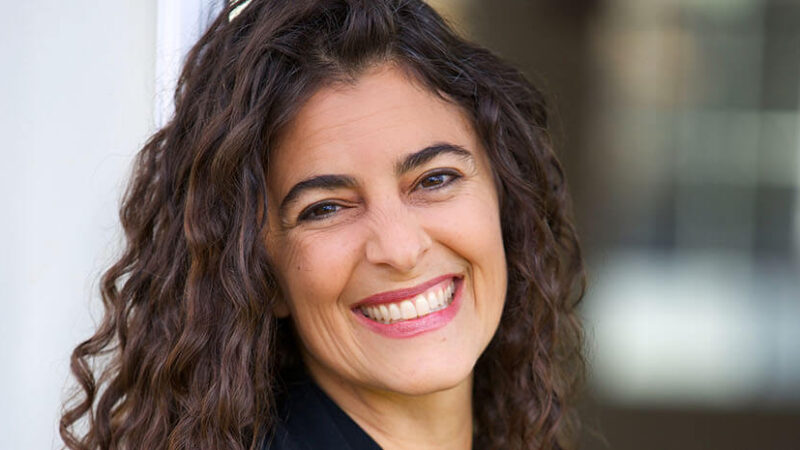Right before the holidays, I had the opportunity to interview author and business philosopher Peter Block. I love talking with Peter because he often challenges the status quo and underlying assumptions of business; very often when I speak with Peter, I feel like I am being held by my feet upside down (the way little kids are sometimes dangled by their parents) and out comes a bunch of unexamined beliefs and behavior patterns.
In my most recent conversation with Peter (an interview for Insights at the Edge), we discussed creating work in the world that matters, work that communicates our whole-heartedness and honors our relatedness with other people. And in the discussion, he questioned two assumptions that are embedded in contemporary business life: that “scale” is critical for success and that we better move quickly if we are going to accomplish our goals.
I pushed Peter on this notion of scale not being important. Scale-ability is of course one of the first things an investor looks at when analyzing a potential investment opportunity. How could this not be an important consideration? If your business can’t scale easily, how can it grow rapidly and attract investment capital if needed? Peter was dismissive of my concerns. His focus was on the value of small businesses to create jobs that are soul-satisfying for people, businesses that have a hand-made quality and are not dependent on investment dollars for success. As Peter was talking about ignoring scale-ability as a design criteria for business, I thought about the business person as an artist, someone who creates with the ingredients that he or she has at hand and is not particularly concerned about whether or not such an artistic creation will ever be repeated.
But then our conversation moved on to the notion of speed and Peter’s comment that “speed is the enemy of depth.” This statement hit me where it hurts, so to speak, right in my gut, and even more so, in my heart. For the last 3 months of the year, I had been moving at such a speed that I had lost track of my softness and feeling connection (and a bit of my sanity, truth be told). I simply couldn’t digest or assimilate everything that was happening (both in my personal life and in my professional life), and I think it is fair to say that I ended the year resembling a flattened pancake of a person. Life had rolled over me and I hadn’t taken the time to “feel into and through” everything that was occurring. I spent the first week of the holidays resting and reflecting on Peter’s statement, “speed is the enemy of depth” until I felt my feet and the earth back beneath me.
It is now the new year and I have had plenty of time to rest and pad around the house in my pajamas and be with my great love and our cocker spaniel and friends, and write cards, and stare at the falling snow. I feel plump again (figuratively speaking, of course), not flat and surface-like. And now I face the question, how do I not let myself get caught in the speed trap again? I am convinced that no creative endeavor — and certainly a business is a creative endeavor — benefits from an excess of speed. And when it comes to relating with other people (or to ourselves) speed seems to create jaggedness and not contact and understanding. Interestingly, in speaking with one Sounds True author about a potential recording project that we were designing together, we talked about how in her presentation she wanted to cover various life topics such as personal health and relationships and spiritual connection. I asked her “what about our business or career life?” And she said, “We’ll cover that in the relationships section because really what is business but relationship? That is really all it is. Look around you,” and she made a gesture pointing to the Sounds True office that houses 80 employees and 20 or so dogs and on some days a couple of birds and children, “all of this is based on relationships.”
And so SLOWING DOWN is my orienting principle as 2014 begins. I want to relish the richness of my life and not be flattened by it. If you have any slow-down suggestions for me, I am all ears, as they say. I will slowly read your responses (without skimming), at least I hope so.




